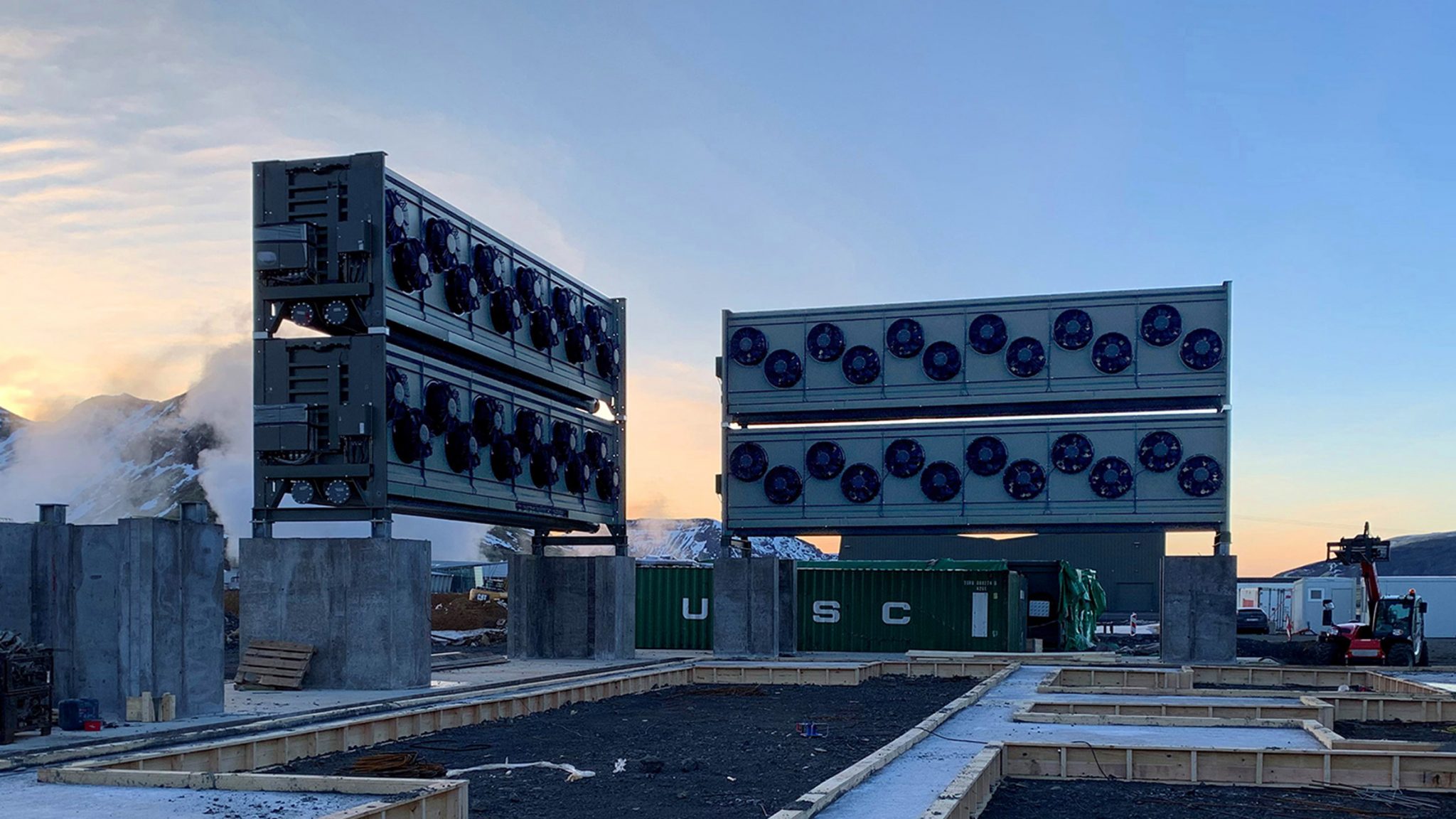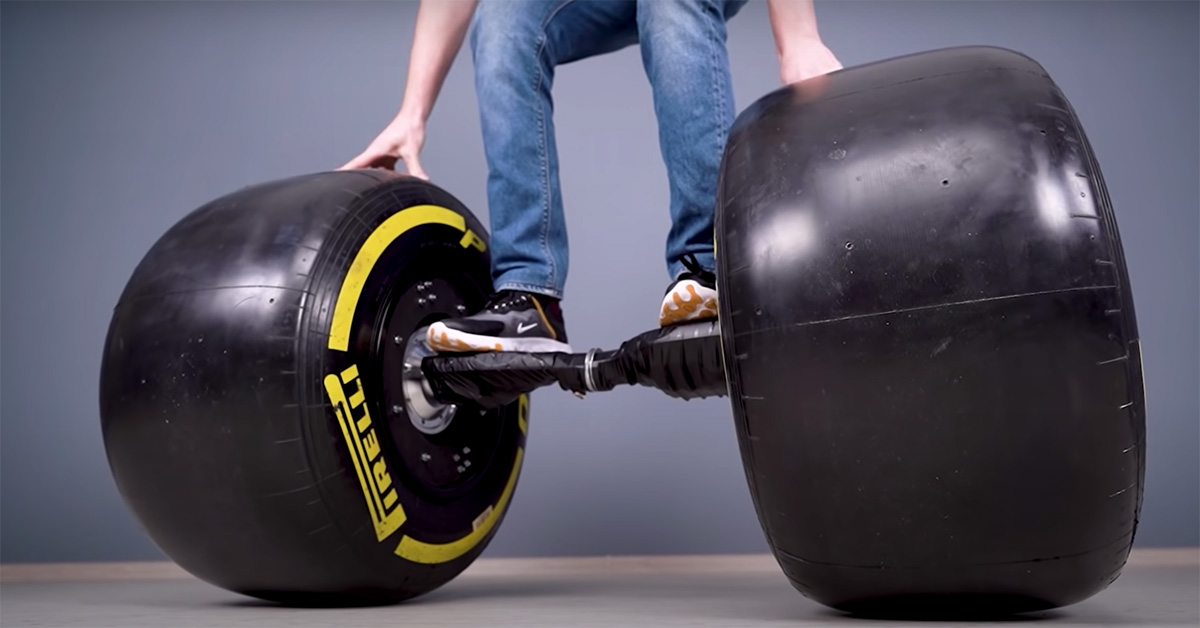

The CO 2 that the plant captured was sold to a nearby greenhouse operator for use as fertilizer and to Coca-Cola HBC to produce the sparkling water Valser. The plant was installed on the roof of a waste incineration facility that provided waste heat to power the machines.

It consisted of 18 collector containers that together had a nominal capture capacity of 900 tons of CO 2 per year. In May 2017, the company opened the world's first commercial direct air capture plant in Hinwil, Switzerland, to filter CO 2 from ambient air. As of January 2023, the company has over 300 employees internationally. The corporate offices of Climeworks AG are in Zürich and a German subsidiary Climeworks Deutschland GmbH opened in Cologne in 2019.

On 20 July 2021, the Swiss and Icelandic governments agreed to jointly develop “negative emission technologies” which involve extracting CO 2 from the atmosphere and storing it underground using Climeworks’ and CarbFix’ (CO 2-to-stone) technologies. The funding round has placed Climeworks in the unicorn category of startups. In an equity funding round in April 2022, Climeworks raised $650 million, the largest sum raised thus far by a carbon dioxide removal company. In 2018, Climeworks raised $30.8 million in a financing round and in summer 2020, the Swiss company raised $110 million. This includes the production of synthetic fuels from CO 2. Climeworks is part of several European research and development projects. Further support was provided by the Swiss Federal Office of Energy, which enabled the accelerated commercialization and scaling of the technology. ĭuring the company’s development, a partnership was formed with the automaker Audi. In September 2021, Climeworks launched the world’s first large-scale direct air capture and storage plant “ Orca” in Iceland. Since then, rapid scaling has led to their present modular technology. The company was able to evolve its technology from laboratory to commercial scale, presenting the first concept of a modular CO 2 collector and a working prototype in 2014. In 2011, Climeworks received capital from investors for the first time to develop a prototype with a modular structure. Based on that scientific research, Climeworks was founded as a spin-off from ETH Zurich. During their PhDs at the ETH Zurich, the two founders conducted research on direct air capture technology to remove carbon dioxide from the air. History Climeworks equipment displayed in 2015 on Bundesplatz in BernĬlimeworks was founded in 2009 by the mechanical engineers Jan Wurzbacher and Christoph Gebald. It provides the requirements for stringent standards by which measurement and reporting of Climeworks' carbon dioxide removal and Carbfix‘s permanent mineralization can be third-party verified. This methodology has been validated by the independent quality and assurance leader DNV. To contribute to the standardization and scale-up of high-quality, permanent removals, Climeworks and Carbfix announced in September 2022 the release of the world's first full-chain methodology dedicated to carbon dioxide removal via direct air capture and underground mineralization storage. The IPCC’s modelled pathways show that to limit global warming to 1.5 ☌ with no or limited overshoot it would require up to 310 billion tons of direct air capture and storage by 2100. According to the Intergovernmental Panel on Climate Change (IPCC), carbon removal technologies are necessary to mitigate climate change.

In Iceland, Climeworks operates the world’s first large-scale direct air capture and storage plant " Orca" to permanently remove carbon dioxide from the air. Climeworks has put more than 15 direct air capture plants into operation all over Europe. Jan Wurzbacher who lead the company as co-CEOs. The company was founded in 2009 by mechanical engineers Dr. Climeworks’s machines run on renewable energy or energy-from-waste and re-emit less than 10% of the carbon dioxide they capture. At its first commercial direct air capture and storage plant, Orca, in Hellisheidi, Iceland, the air-captured CO 2 is handed over to storage partner Carbfix, who injects it deep underground where it mineralizes and turns into stone. The company filters CO 2 directly from the ambient air through an adsorption- desorption process. Climeworks AG is a Swiss company specializing in direct air capture (DAC) technology.


 0 kommentar(er)
0 kommentar(er)
